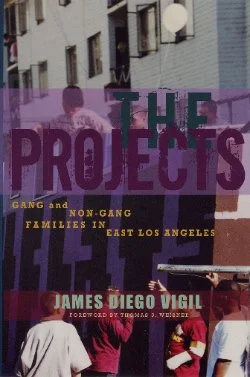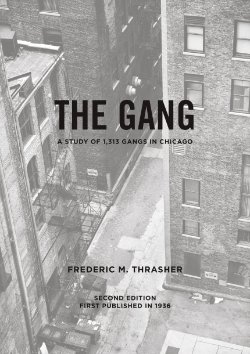By Jillian J. Turanovic, Travis C. Pratt, Teresa C. Kulig and Francis T. Cullen
This is the Final Summary Overview of the methodology and findings of a meta-analysis of empirical literature on school violence to determine the key individual-, school-, and community-level factors that influence violence and related problems (victimization, offending, and aggressive behavior) within primary and secondary (K-12) schools. This study's analyses are based on 8,551 effect sizes identified from 693 studies of school violence. The authors note that this is the largest meta-analysis on this issue conducted in the field of criminal justice and is among the largest compiled in the social sciences. A total of 31 predictors of school violence were assessed at the individual, institutional, and community levels. Separate analyses were conducted in assessing the major predictors of any victimization at school, bullying victimization, violent victimization, any aggressive/delinquent behavior at school, bullying perpetration, violent offending, and bringing a weapon to school. The research reviewed indicates that the strongest and most consistent risk factors for various forms of aggression/delinquency at school are antisocial behaviors, deviant peers, victimization, peer rejection, and antisocial attitudes. The strongest predictors for victimization at school are prior victimization, low social competence, peer rejection, violent school context, and negative school climate. LGBT students and those with disabilities are at higher risk for victimization at school. School target-hardening practices, such as security cameras, metal detectors, and school resource officers or security personnel were not found to have any association with any type of violence or victimization at school. 18 tables, 37 references, and a listing of the studies reviewed.
Final report to the U.S. National Institute of Justice, 2019. 63p.





















